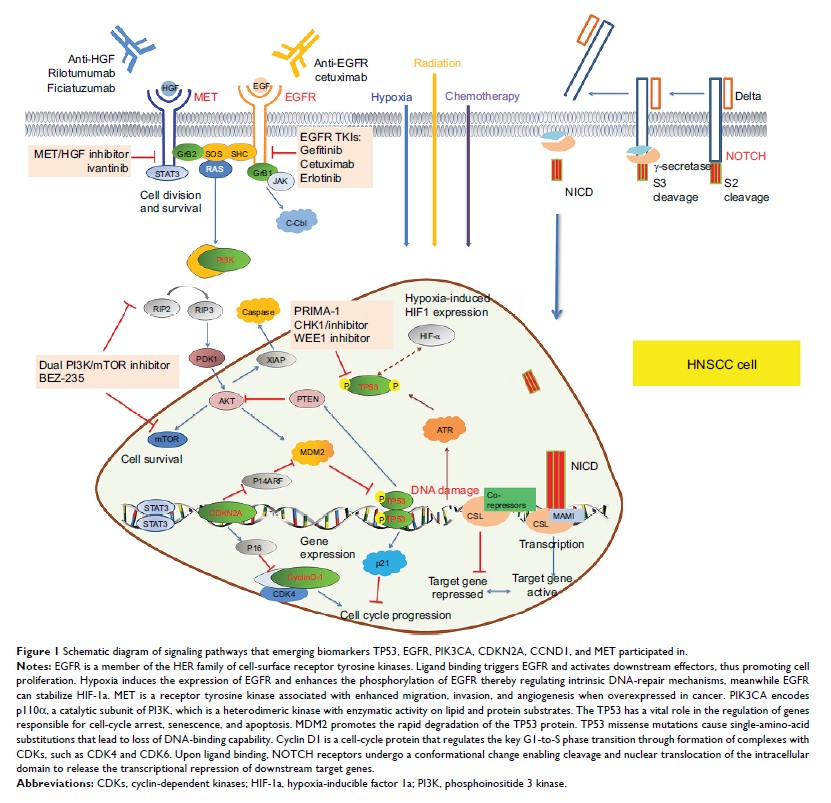108605
论文已发表
注册即可获取德孚的最新动态
IF 收录期刊
- 3.4 Breast Cancer (Dove Med Press)
- 3.2 Clin Epidemiol
- 2.6 Cancer Manag Res
- 2.9 Infect Drug Resist
- 3.7 Clin Interv Aging
- 5.1 Drug Des Dev Ther
- 3.1 Int J Chronic Obstr
- 6.6 Int J Nanomed
- 2.6 Int J Women's Health
- 2.9 Neuropsych Dis Treat
- 2.8 OncoTargets Ther
- 2.0 Patient Prefer Adher
- 2.2 Ther Clin Risk Manag
- 2.5 J Pain Res
- 3.0 Diabet Metab Synd Ob
- 3.2 Psychol Res Behav Ma
- 3.4 Nat Sci Sleep
- 1.8 Pharmgenomics Pers Med
- 2.0 Risk Manag Healthc Policy
- 4.1 J Inflamm Res
- 2.0 Int J Gen Med
- 3.4 J Hepatocell Carcinoma
- 3.0 J Asthma Allergy
- 2.2 Clin Cosmet Investig Dermatol
- 2.4 J Multidiscip Healthc

新型基因改变及其对头颈部鳞状细胞癌靶向治疗反应的影响
Authors Jiang X, Ye J, Dong Z, Hu S, Xiao M
Received 16 September 2018
Accepted for publication 2 January 2019
Published 8 February 2019 Volume 2019:11 Pages 1321—1336
DOI https://doi.org/10.2147/CMAR.S187780
Checked for plagiarism Yes
Review by Single-blind
Peer reviewers approved by Dr Amy Norman
Peer reviewer comments 2
Editor who approved publication: Dr Ahmet Emre Eskazan
Abstract: Head and
neck squamous cell carcinoma (HNSCC) is highly variable by tumor site,
histologic type, molecular characteristics, and clinical outcome. During recent
years, emerging targeted therapies have been focused on driver genes. HNSCC
involves several genetic alterations, such as co-occurrence, multiple feedback
loops, and cross-talk communications. These different kinds of genetic
alterations interact with each other and mediate targeted therapy response. In
the current review, it is emphasized that future treatment strategy in HNSCC
will not solely be based on “synthetic lethality” approaches directed against
overactivated genes. More importantly, biologic, genetic, and epigenetic
alterations of HNSCC will be taken into consideration to guide the therapy. The
emerging genetic alterations in HNSCC and its effect on targeted therapy
response are discussed in detail. Hopefully, novel combination regimens for the
treatment of HNSCC can be developed.
Keywords: head and
neck malignancy, gene mutations, deletions, amplifications, genetic
interactions, target therapy
